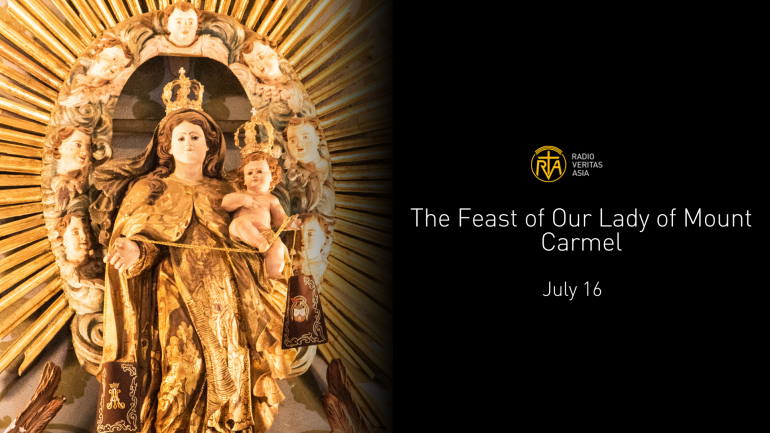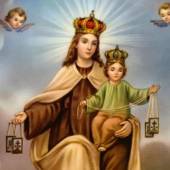The Feast of Our Lady of Mount Carmel: A celebration of Faith, History, and Tradition

The feast of Our Lady of Mount Carmel is a significant celebration that intertwines history, tradition, and faith.
It honors the rich heritage of the Carmelite Order and their steadfast devotion to the Virgin Mary. Symbolized by the Brown Scapular, this feast invites believers to deepen their spiritual commitment and live according to Christian principles.
Celebrated annually on July 16th, this feast has both historical and spiritual significance for Catholics.
Originating in the late 14th century, it commemorates the approval of the Carmelite Order's rule, which was granted a century earlier.
According to legend, a religious community was established on Mount Carmel long before Christ's time. This mountain, located by the Mediterranean Sea, is historically significant as the site where the prophet Elijah triumphed over the priests of Baal, reaffirming the people's faith in the one true God.
Historical records from the 12th century mention a group of monks residing on Mount Carmel. Despite challenges, a monastery and church were built in 1263 to honor the Virgin Mary.
Saint Louis, King of France, played a crucial role in the Order's expansion in Europe after visiting Mount Carmel in 1254 and bringing six French hermits to establish a convent near Paris.
In 1291, Muslim forces took control of Mount Carmel, resulting in the tragic deaths of the monks and the destruction of their convent.
Saint Simon Stock, who served as Father General of the Carmelite Order from 1247 to 1265, was instrumental in expanding the Order's presence in Europe. The Carmelite Order received official approval at the Council of Lyon in 1274.
The Scapular of Our Lady of Mount Carmel
A key element of this celebration is the Brown Scapular of Our Lady of Mount Carmel.
According to Carmelite tradition, the Virgin Mary presented the scapular to Saint Simon Stock on July 16, 1251. She promised that those who wear the scapular would be spared from eternal fire, making it a symbol of salvation, protection, and peace.
Historical accounts also mention the Sabbatine Privilege, where the Virgin Mary promised Pope John XXII in a divine vision that she would descend to Purgatory on the Saturday after a believer's death to offer liberation and guide them to eternal life.
Throughout history, numerous popes and saints have endorsed the practice of wearing the Brown Scapular. Pope Pius XII praised its simplicity and widespread adoption, and Pope Paul VI encouraged its use among the faithful. To partake in the scapular's spiritual benefits, three requirements must be met: wearing the Brown Scapular, practicing chastity according to one's state in life, and regularly reciting the Rosary.
Formal enrollment in the Brown Scapular, conducted by a priest or authorized individual, is necessary to receive these blessings.
After enrollment, the scapular can be replaced with a medal featuring images of the Sacred Heart of Jesus and Mary.
The scapular symbolizes a unique connection with Mary, a reminder of Christian dignity, and a commitment to emulate her by serving others.
The scapular represents dedication to following Jesus, imitating Mary, and fostering unity within the faith community.
It signifies unity with the Carmelites, a religious order that has faithfully served the Church for over eight centuries and serves as a reminder of the inspiring examples set by Carmelite saints. It embodies the hope of encountering God in the afterlife with Mary's intercession.
However, the Carmelites emphasize that the scapular is not a mystical talisman or a guaranteed path to salvation.
Wearing it does not exempt individuals from living a Christian life; rather, it symbolizes their choice to follow Jesus, remain open to God's plan, and live guided by faith, hope, and love.
It encourages regular prayer and recognizing God's presence in everyday life.
Radio Veritas Asia (RVA), a media platform of the Catholic Church, aims to share Christ. RVA started in 1969 as a continental Catholic radio station to serve Asian countries in their respective local language, thus earning the tag “the Voice of Asian Christianity.” Responding to the emerging context, RVA embraced media platforms to connect with the global Asian audience via its 21 language websites and various social media platforms.














